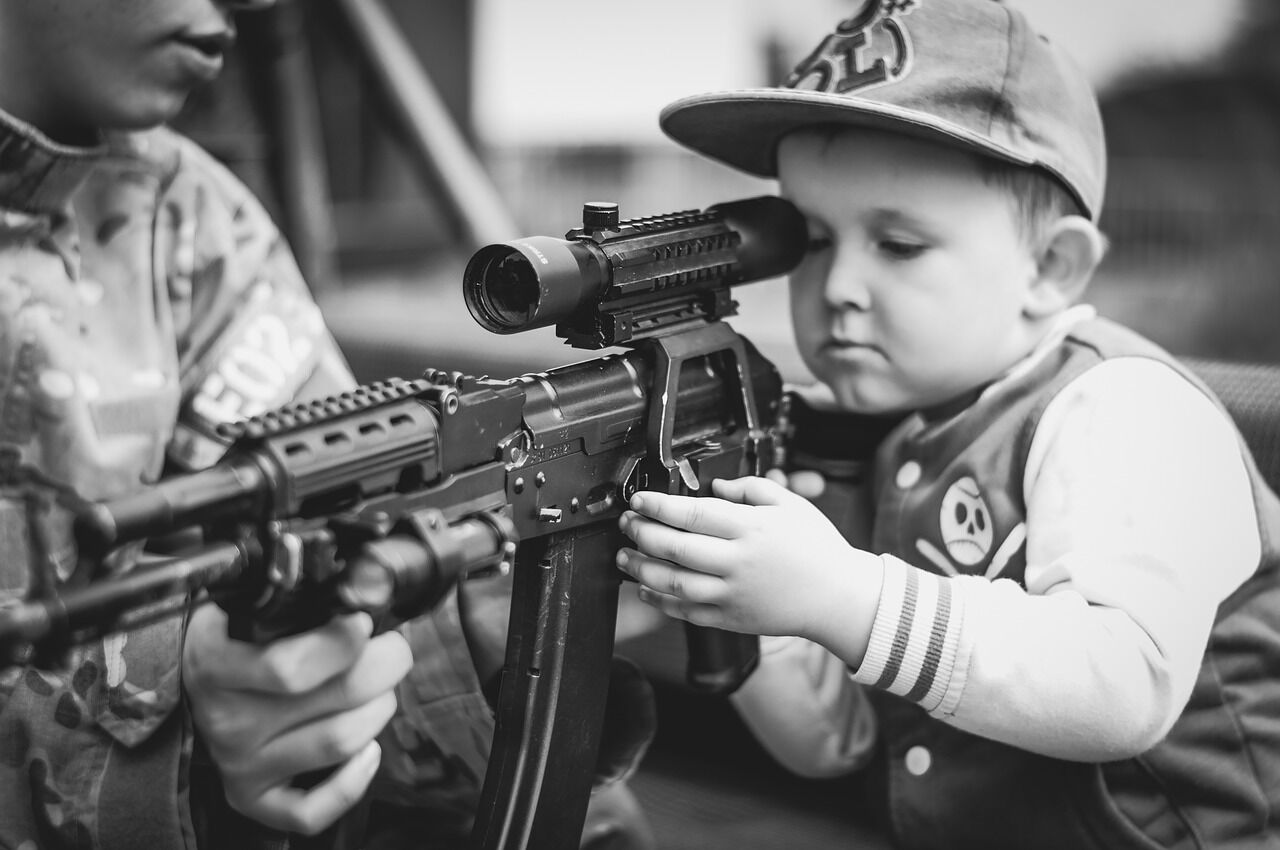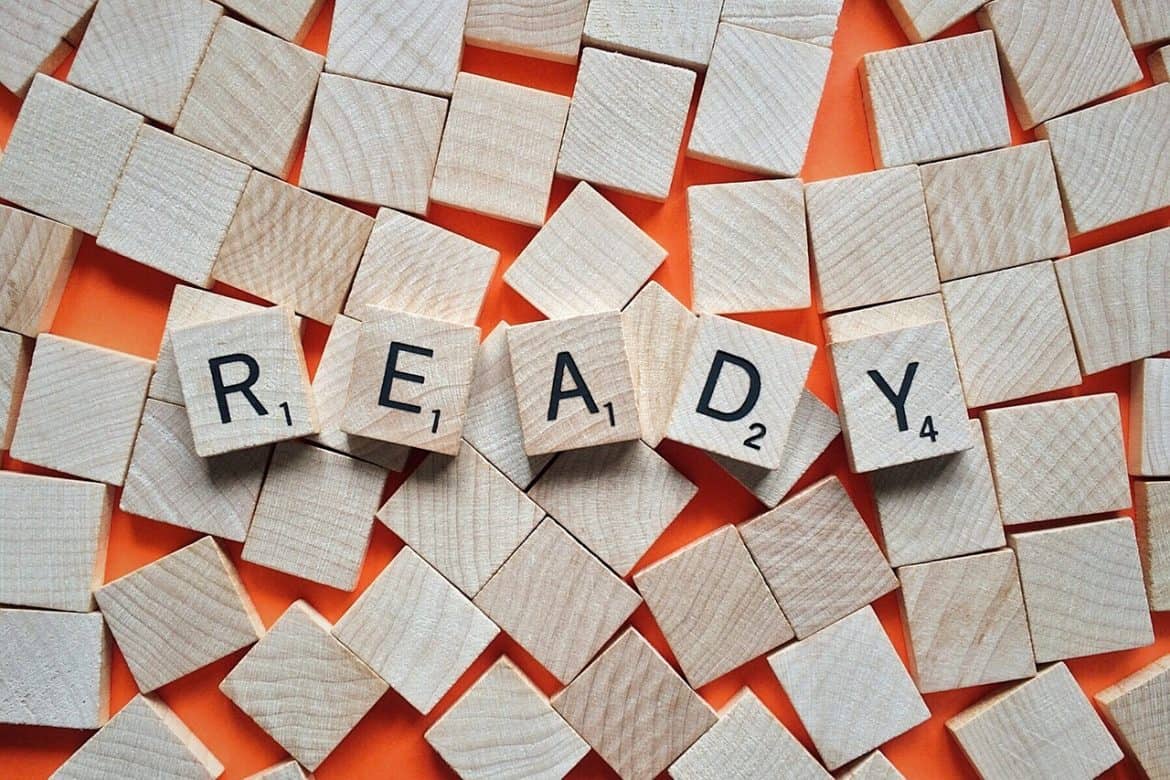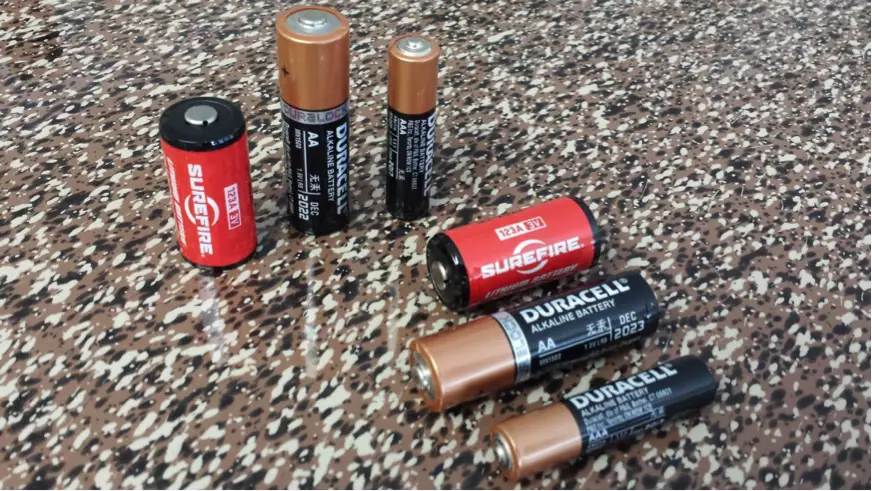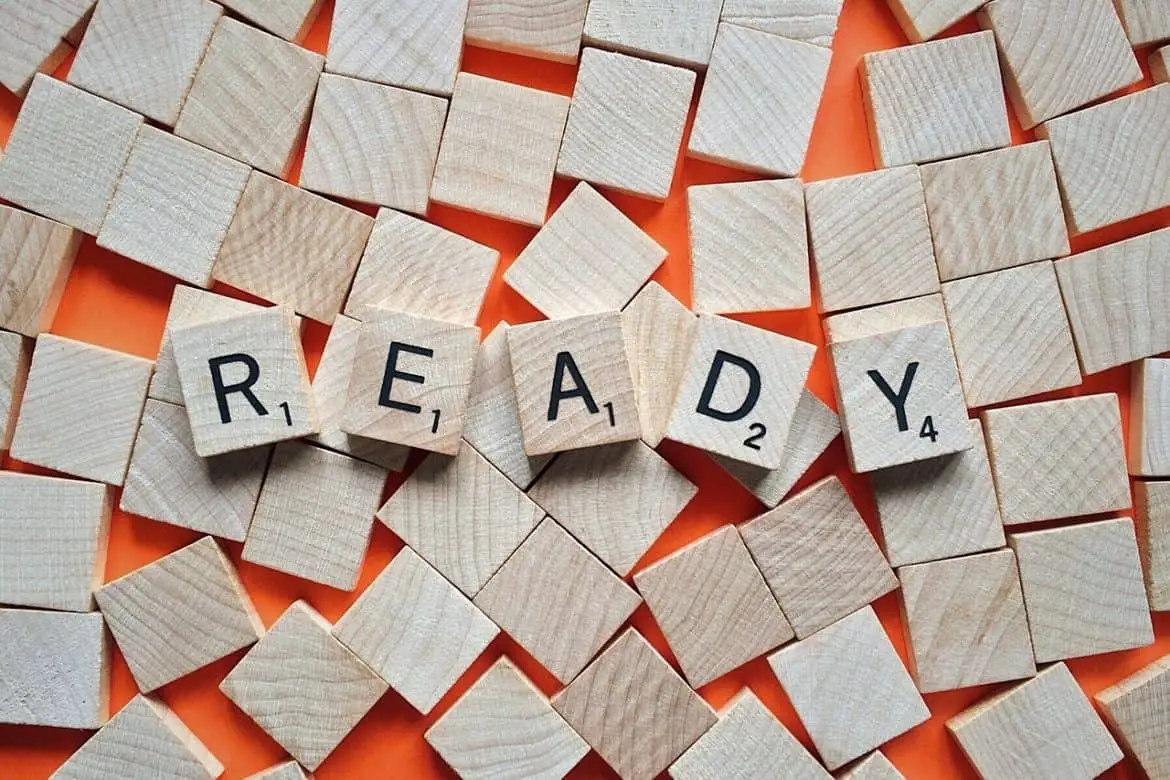Most kids are smarter than they look even at a tender age. They can take simple instructions, detect and respond positively to emergency situations. You need to teach them the right emergency steps to take. They should know when and how to respond if someone is in danger or when they find themselves in trouble. […]
Category: Preparedness Basic & Advanced
4 Prepping Skills You Master after Years of Camping
Enjoying the great outdoors by yourself or together with your friends and family is an amazing experience. There is something immensely freeing about sleeping under the open skies and waking up with the smell of fresh, untamed morning air filling your nostrils. However, this experience isn’t one without its challenges. What You Need to Know […]
Preppers Guide to Preparing for Reality
The community of preppers grew in 2008 with the launch of My Patriot Supply as a leading Online resource and retailer helping U.S. citizens prepare for the worst should a natural disaster or ‘doomsday’ scenario occur. The retailer has become a major part of the preppers community over the course of its first decade in […]
The Best Battery Strategy For Your Bug Out Bag
When it comes to survival, the key is having the right mix of gear and skill available to solve a wide array of potential problems that might come up. As most of us already know, a bug out bag (BOB) is a particular set of gear that is intended to keep you alive for up […]
Preparedness Priorities
Personal preparedness means different things depending on who you are and what your situation is. To an inhabitant of the Florida Keys, preparedness means having items to outlast a hurricane. To a city dweller, preparedness might be having a can of mace in her purse. To a survivalist, preparedness might mean having a semi trailer […]





